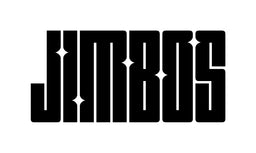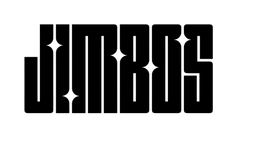Clay Bar vs. Clay Mitt vs. Clay Towel: Which One Should You Use?
If you’ve ever run your hand across a freshly washed car and still felt rough spots, that’s bonded contamination—stuff like overspray, rail dust, or embedded grime. To remove it safely, you need to clay the surface. But with so many options—clay bars, clay mitts, and clay towels—it can be hard to know which one to grab. Let’s break them down so you can pick the right tool for the job.
What Does “Claying” a Car Do?
Claying removes bonded contaminants that washing alone can’t. It’s a critical step before polishing or sealing because it creates a smooth, clean surface. If you skip claying, you’re likely sealing in contaminants or damaging your paint with your polishing pad.
Traditional Clay Bar
The original method. A soft, resin-based bar that’s rubbed over the lubricated paint surface to lift embedded particles.
✅ Pros:
- Very effective at deep decontamination
- Available in fine, medium, and heavy grades
- Low cost
❌ Cons:
- Labor-intensive and time-consuming
- Can’t be dropped—if it hits the ground, it’s trash
- Single-use per vehicle (or close to it)
Clay Mitt
A microfiber mitt with a synthetic rubberized clay surface. You wear it like a wash mitt and glide it across the lubricated panel.
✅ Pros:
- Much faster than a clay bar
- Reusable multiple times
- Easy to grip and maneuver
❌ Cons:
- Can be aggressive if not lubricated well
- Not great for small/tight areas
- More expensive up front
Clay Towel
Similar to a clay mitt, but in towel form. One side is clay material, the other is microfiber. Great balance of control and coverage.
✅ Pros:
- Covers large panels quickly
- Can be folded for better control in corners
- Reusable and easy to clean
❌ Cons:
- May be too aggressive for delicate paint if used dry or with poor lubrication
- Harder to grip when wet compared to a mitt
So Which One Should You Use?
- Clay Bar: Best for deep decontamination and tight spots. Ideal for first-timers or show cars.
- Clay Mitt: Best for pros and frequent users who want speed and efficiency.
- Clay Towel: Best for larger panels, trucks, or anyone who wants a balance between control and speed.
Want more on clay techniques? You’ll love this post: Step-by-Step Guide to Claying Your Car
What to Use as Clay Lubricant?
You always need proper lubrication when claying, or you risk scratching the paint. We recommend: The Super Soaper – just dilute it properly in a foam cannon or spray bottle and it provides the perfect slick surface for any clay media.
Finish Strong with Protection
After claying, always follow up with a sealant or ceramic spray to lock in that clean, smooth surface. We recommend: Tough As Shell – our easy-to-use ceramic spray coating that adds gloss and durable protection.
Learn more about post-clay protection here: Can You Use Ceramic Spray Over a Professional Coating?
Customer Testimonial
“I’ve always used a clay bar, but after watching Jimbo’s video and switching to a clay towel with The Super Soaper, I cut my time in half and got even better results. The paint felt slicker than ever and topped it off with Tough As Shell. Amazing combo!” – Bryan L., Verified Customer
Conclusion
Clay bars, mitts, and towels all get the job done—but how you clay depends on your needs, your paint, and your tools. Whether you’re detailing a classic, a daily driver, or a fleet of cars, there’s a claying method that fits your workflow. The important part? Don’t skip it. A smooth surface is the foundation of a proper detail.
🎥 Watch the video version of this post:




